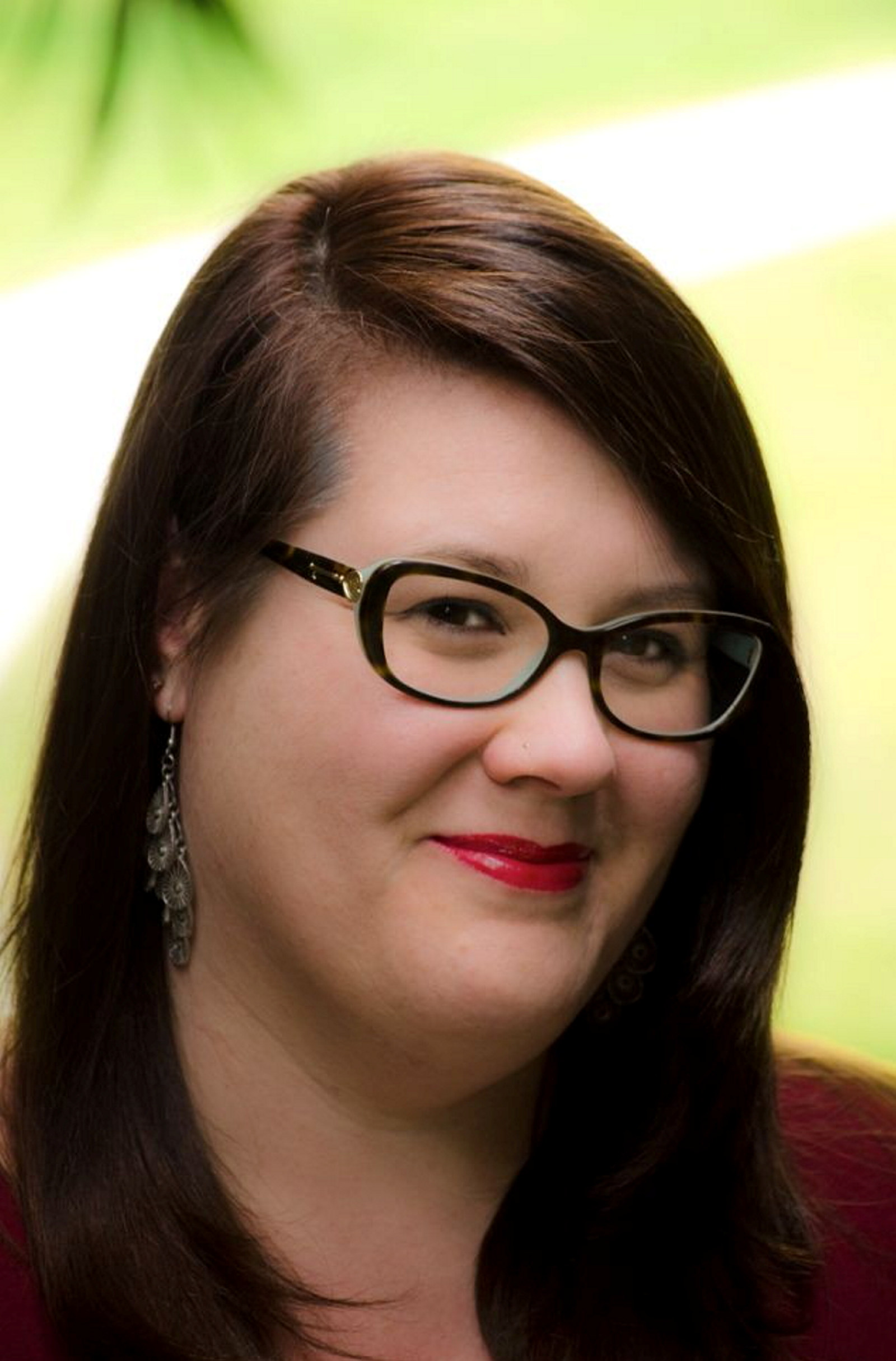In conversation with Wendy Whiteley
Wendy Whiteley OAM talks to exhibition curator Veronica Kooyman about the significance of Lavender Bay in her extraordinary life as wife, muse, mother, and creator of a much-loved garden.
Wendy Whiteley has lived at Lavender Bay for almost 50 years. In that time she has witnessed its transformation from a working waterfront to a bohemian artistic enclave to one of Sydney’s most desirable residential suburbs. In the 1970s and 80s her former husband, the late Brett Whiteley, created some of his most respected and sought-after works here, celebrating the beauty of this idyllic location.
Wendy’s grief over Brett’s death in 1992, and the loss of their only child, Arkie, in 2001, inspired what has become her own life’s work: the creation of a garden sanctuary on the once derelict, overgrown embankment in front of her home. In 2018, recognising the significance of this place to the history of Australian art, the NSW Government granted heritage status to the Whiteleys’ house, its views of Sydney Harbour, and Wendy’s remarkable Secret Garden.
After nearly a decade abroad, what brought you, Brett and Arkie to Lavender Bay in 1969?
We came here to visit a friend, artist Rollin Schlicht, who was living in the bottom half of this house in Walker Street. It was originally two storeys and they’d taken the staircase out to turn it into two apartments. We were mesmerised by the bay, and then Rollin said the flat upstairs was becoming vacant. So we had a look – it was really dark, really gloomy, all cut up into small rooms with floral wallpaper. But it had the bay out there, the trees and potentially glorious light.
Brett created some of his best-known paintings and drawings from the house and studio here in Lavender Bay. Why do you think people love these works so much?
The pictures are really a celebration of the beauty of this bay and being here. They’re ravishingly beautiful and they’re also incredibly inventive in the way he lays them out. The other thing about these pictures is that they’re confessions in a way, too, about what was going on with him, and us, and everything. He tells you in code what’s happening. So there’s an element of trouble in them, but it’s not so ‘in your face’ that people have to think about it every time they look at them. People who know the paintings, it changes the way they see the subject itself. I can’t look out there at the bay without also encompassing Brett’s paintings. That’s why the heritage listing of Lavender Bay is so important. That people can actually see the paintings, and they come here and see where he painted from, the view, the bridge, and the bay itself, the palms at the bottom against the water and the jetty, is still here. So people feel they can become part of it and have some kind of ownership in the pictures themselves because they’re experiencing where the artist worked.
Since 1992, you’ve been transforming the overgrown railway siding in front of your house into a beautiful garden much used by locals and tourists. What does the garden mean to you?
The garden, of course, started after Brett died. Arkie was still here. She was very happy for me to start it. I started pulling out weeds and things, and I was doing it inch by inch. And then I realised, this was going to be way too big for me to do, as a kind of guerilla gardening all on my own. So I got gardener Corrado and friend Ruben and then later Luke and many other part-timers. We worked together getting out tons of rubbish, tons of lantana and things, all of us scratched to death. And we just kept going until we couldn’t go any further. If you’d stopped halfway, you would have had all the rubbish and weeds coming back. So we had to keep going, and it was exciting and amazing and creative and all of the things that I like to do.
Now there’s loads of people coming here. Mostly, they’re very positive and having a great time. You think, well, that’s what I’m supposed to be about, sharing. I guess it’s what everybody wants. To leave some trace of themselves, transforming ugly into beauty. As I don’t have any grandchildren, or even my daughter, that garden seems a way to go. The garden, always made to share with others, will have to do.
Related exhibition
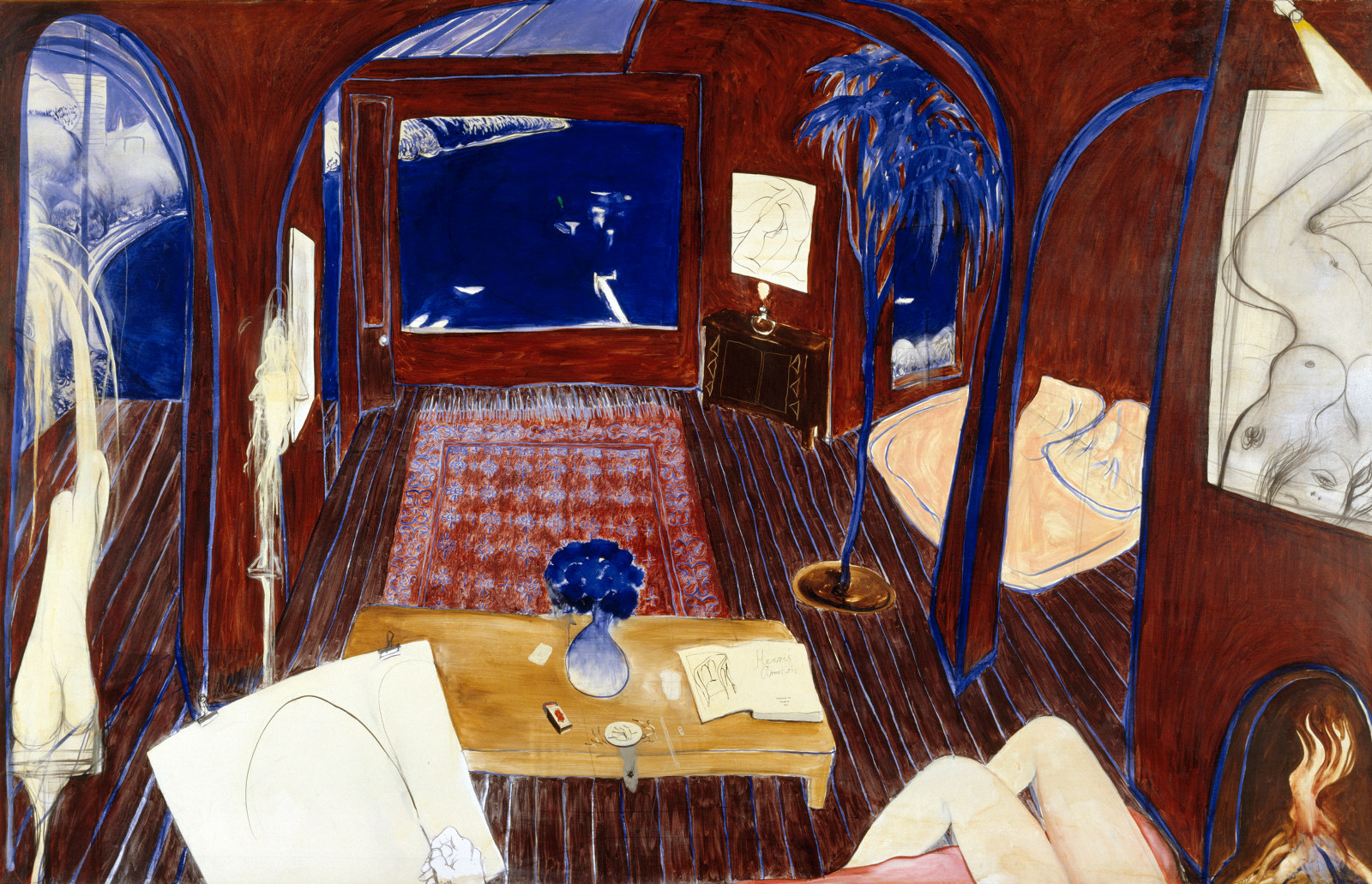
Past exhibition
Bohemian Harbour: Artists of Lavender Bay
The spectacular views from Sydney’s Lavender Bay have inspired generations of artists who have celebrated its great beauty
Published on
Related
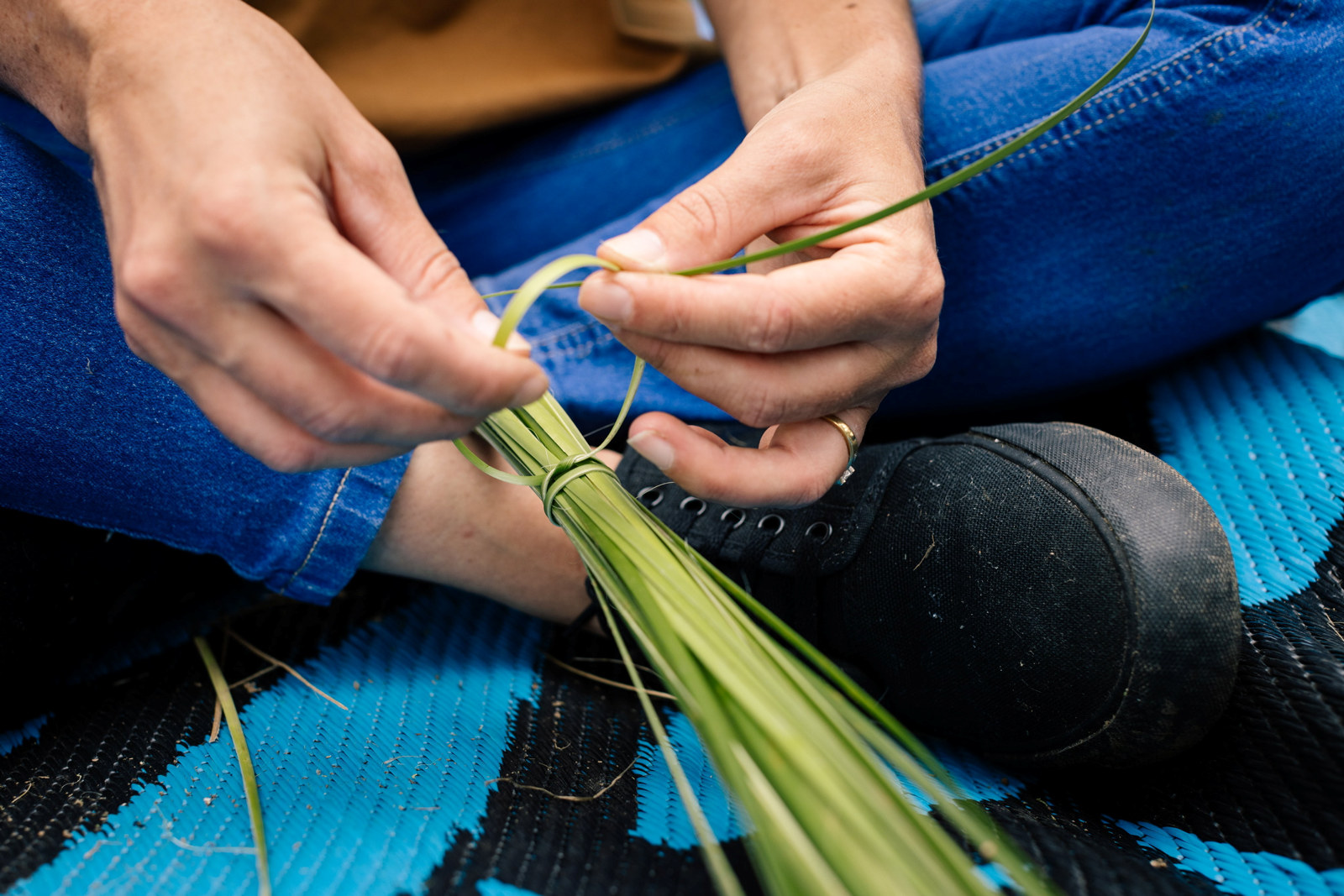
First Nations
Weaving their magic: Amy Hammond and Lorrelle Munro
We spoke to weavers Amy and Lorrelle, co-founders of Yinarr Maramali and weavers-in-residence at The Weaving Room in the Museum of Sydney
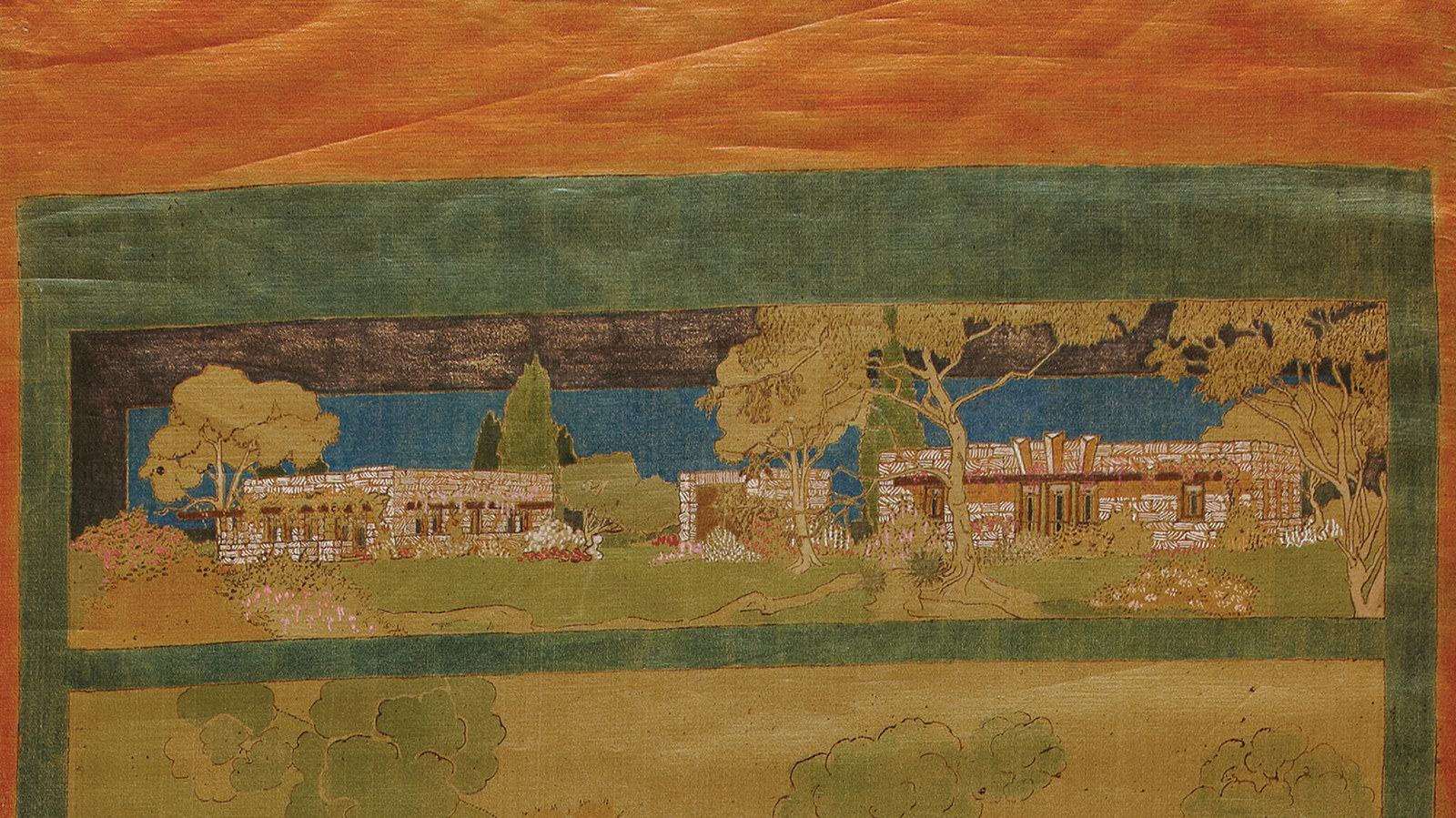
Discover Paradise on Earth
Whether you’re a lover of design, architecture and art, or simply seeking an oasis in the CBD, this new exhibition invites you to reflect on the extraordinary story of architect Marion Mahony Griffin
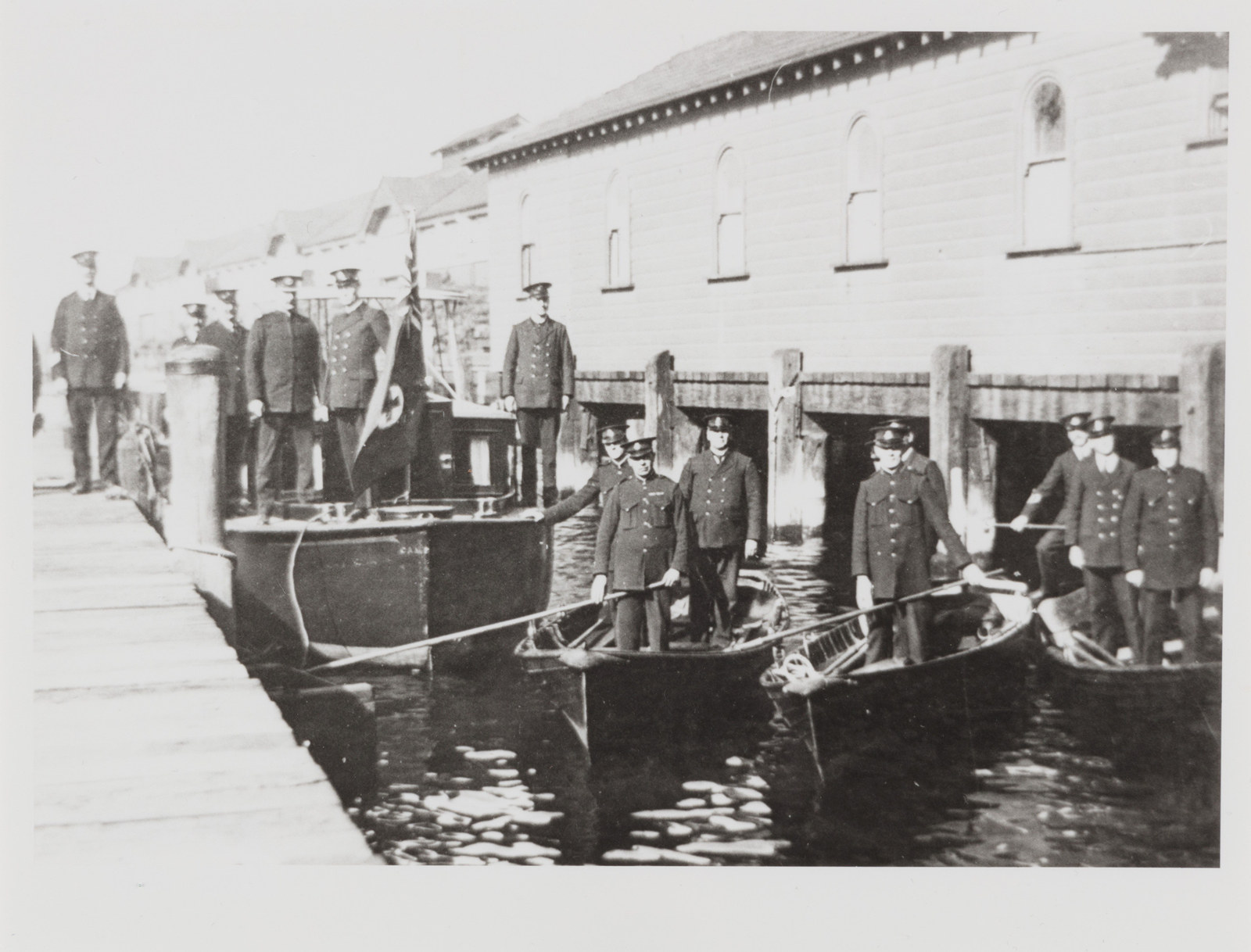
Tragedy on Sydney Harbour
Sydney’s worst maritime disaster occurred out of the blue on a sunny spring day in 1927
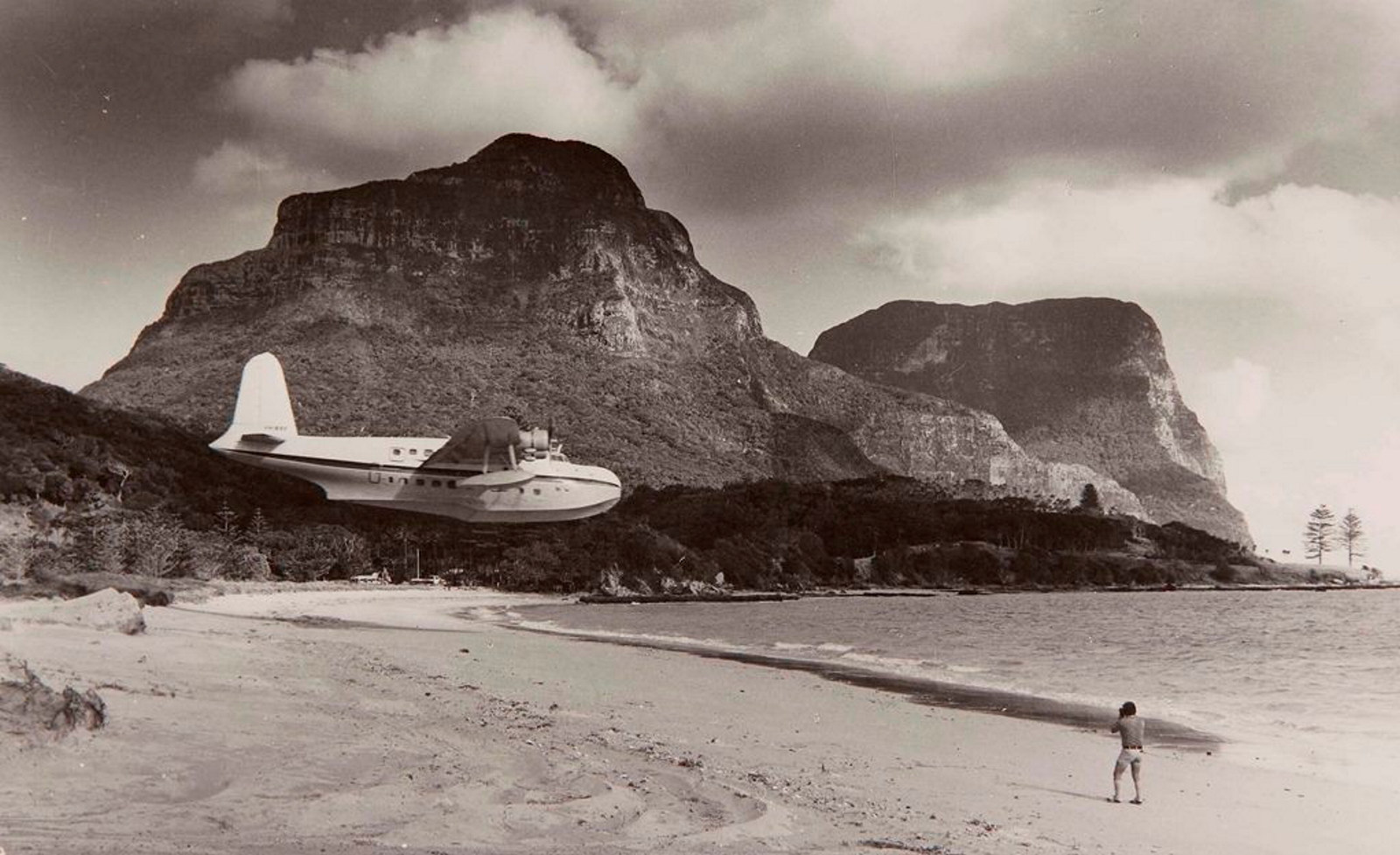
Flying boats: Sydney's golden age of aviation
The 1930s were widely considered aviation’s ‘golden’ age, a time when modernity and luxury combined to define an era in world travel that will almost certainly never be repeated
